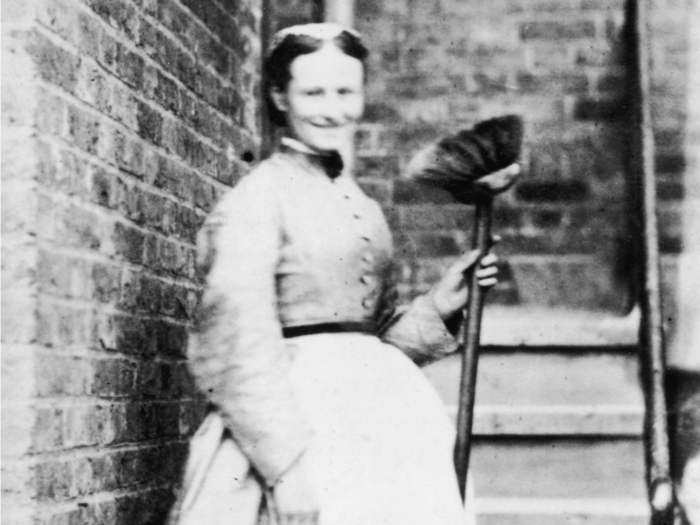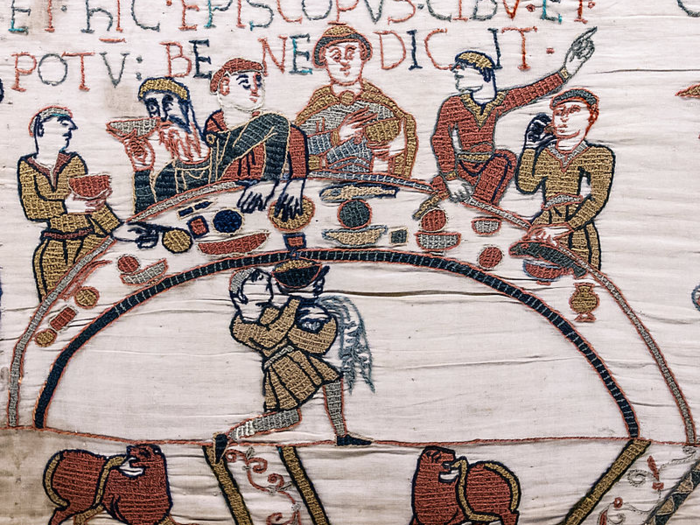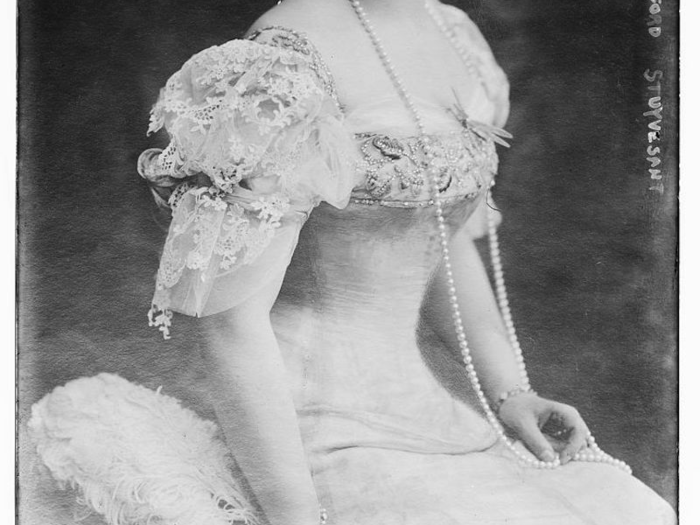5 manners people don't use anymore - for good reason
5. Having dinner parties in bed

4. Suppressing smiles in photographs

There's a reason people in old photos look so serious, and it's not because having a sense of humor is a modern convention.
For much of the earlier half of the 1800s, cameras were too slow and clunky to capture "fleeting expressions like a genuine smile," TIME reported.
It was considered perfectly acceptable to keep your face neutral in photos back in the day because otherwise, you'd risk having them come out blurry. There's also the fact that, in elite circles, big grins were considered somewhat lower class.
So whether the subject was trying to affect an upper class look or simply opting for clearer photos, smiling was often a no-go in formal pictures throughout the 1800s. TIME reported the solemn look ultimately began to fade when improvements in photographic technology allowed more people to purchase their higher quality cameras in the 1900s.
3. Dueling to sort out conflicts

Back in the days before Twitter beefs and harsh emails, people — mostly men — sometimes settled tiffs with pistols, canes, and swords.
Into the 1800s, dueling was considered the honorable way for gentlemen to save face and satisfy their besmirched honor. In fact, the activity came with its own complicated etiquette rules.
Take a "code duello" from 18th century Ireland, as printed in "Famous American Duels" by Don Seitz, for instance.
The guide dictates that if the person who started the fight apologized first, the fighting could be averted. Otherwise, the combatants would take up their weapons and follow a whole complex choreography of trying to kill, injure, or scare one another over a spat.
The code highlights several potential reasons for duels, including everything from insulting ladies to insinuating someone cheated at cards.
2. Wiping your hands on the dinner table — and rolling your eyes at forks

Today, if you tossed aside your fork and smeared your greasy hands on the table cloth at a restaurant, people would think you'd been raised by wolves.
But before the Renaissance, that was actually the norm. National Geographic reported medieval era table cloths were there for people to wipe their hands on. There were limits, however. Spitting and sneezing on the cloth was considered rude, although expectorating away from the table was just fine.
Meanwhile, according to National Geographic, forks were considered effeminate and suspicious utensils.
Things didn't change until the 1500s, when table manners became a mark of the European elite.
1. Passing out to express your emotions

There's a reason Victorian heroines always seem to be swooning in stories.
It's easy to blame their clothing. Corsets in particular have a terrible reputation as a restrictive, harmful garment, but most women throughout the centuries didn't lace them tightly enough to cause health problems.
In an article published in the Journal of Victorian Culture, Victoria Bates focuses on how fainting often came into play with female witnesses in trials in the 1800s. Feigning unconsciousness may have been a way for women to conform to Victorian norms and assumptions about gender, modesty, and health.
"A simple loss of consciousness was the blank canvas onto which witnesses projected their own concerns about appropriate female behavior and particularly emotionality," Bates writes.
Popular Right Now
Popular Keywords
Advertisement